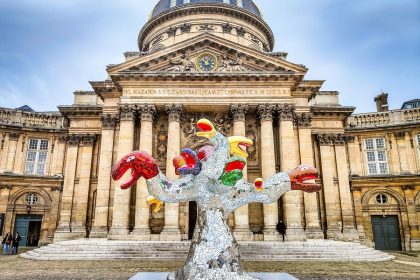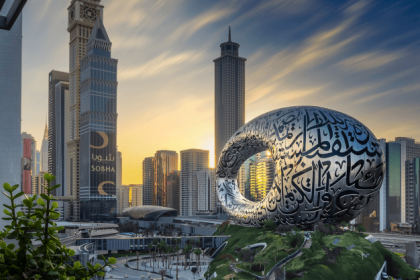The first Iranian clothing event “Modsaz”, which started with the aim of identifying talented designers and students in the field of fashion and clothing, ended its work at the House of Humanities Thinkers on November 19. This event, which brought together a group of fashion designers, professionals, students and those interested in Iranian fashion and identity, provided an opportunity to explore the link between fashion design, Iranian identity and culture.
At first, a specialized panel was held focusing on fashion semiotics; This panel analyzed the manifestations of cultural identity in Iranian clothing and created a platform for the exchange of views and experiences among the participants and speakers. At the end of this gathering, the event’s chosen ones were appreciated and the necessity of supporting and developing creative capacities in the country’s fashion industry was emphasized.
It should be noted that the fashionable event of the side part of the second national conference “Interdisciplinary studies in literature and applied arts, music, theater and cinema” and the conclusion of this event was held in cooperation with Sarak closet magazine.

The creative role of the Iranian concept in the Modsaz event
At the beginning of this meeting, Mr. Dr. Hamidreza Shairi, while welcoming the guests, thanked the organizers and companions of the event. Then Mrs. Sara Siahi, the executive secretary of the Modsaz event, spoke about the formation of this event, its goals and necessity, how to judge the works and select the winners. He admitted: “Since one of our goals was to introduce the chosen ones as costume designers to the theater community, we were looking for creative and new perspectives. On the other hand, the theme of the event was to take inspiration from the Iranian concept so that we can take a step towards looking at this concept in Iranian fashion.”
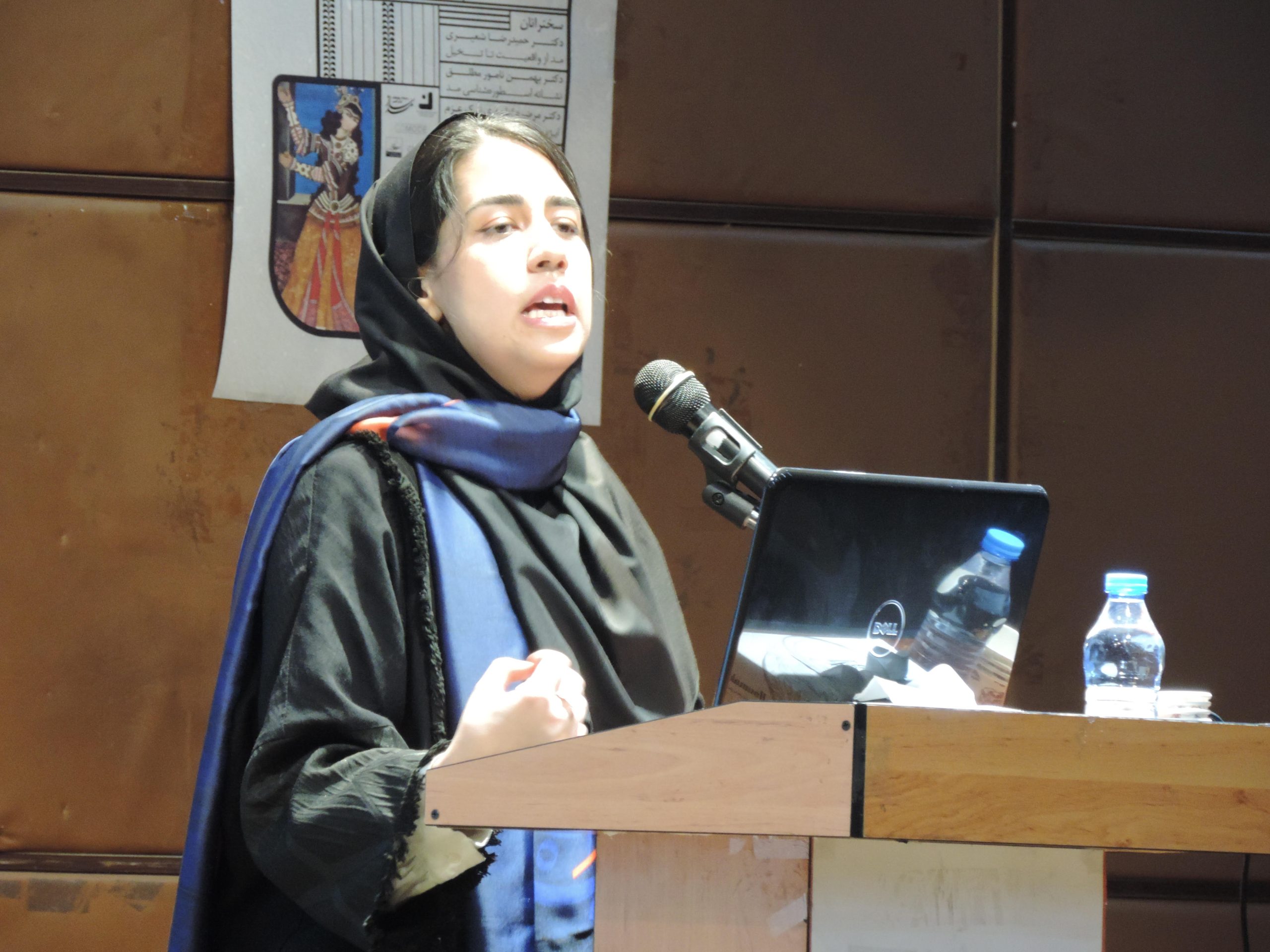

In the following, Sayahi explained the way of judging this event and said: “Creative view was important in choosing the Iranian concept, apart from the design and presentation of the work. Some of the concepts used required research and some works used old myths and concepts in Iran, which were important and valuable for us in judging. We hope that the fashion event and its continuation in the coming years will be a platform for the promotion of Iranian fashion.”
In the end, Siyahi thanked the directors of the second national conference of interdisciplinary studies in literature and applied arts and thanked Mr. Mohammad Khaze, CEO of SAARC, for his unwavering support from the beginning of the event.
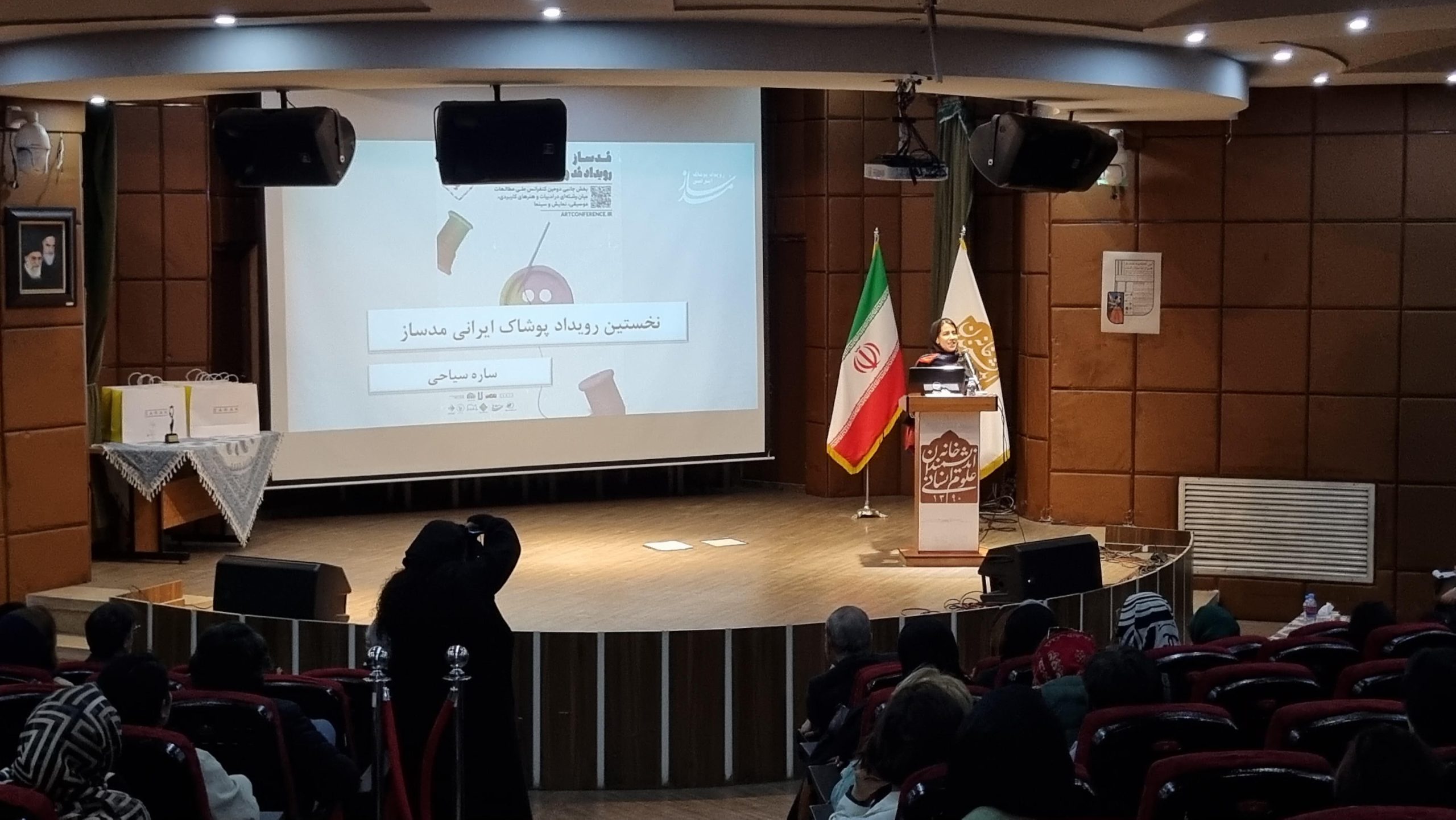

Making paratext in modsaz event
The beginning of this panel started with the speech of Dr. Bahman Namurtalaq, professor of Shahid Beheshti University and head of the Scientific Association of Comparative Art and Literature of Iran. In order to define fashion and examine its various definitions, he considered fashion to have three general characteristics: “1- Fashion cannot be general and universal, 2- Fashion cannot be permanent and permanent, but is changing, 3- Fashion cannot be universal and common. Rather, it belongs to a specific place and culture.”
In 1967, Namurtalaq introduced the book “Fashion System” by Barthes as a very important reference for the semiotics and linguistics of fashion, and based on this, he explained the symbolic system of fashion. He further said: “Fashion does not take place without paratext, that is, advertising and discourse creation. The artist creates the text and the fashion industry shapes the paratext through which others are seduced into fashion. This fashion event is creating a paratext for the artist’s text. In this event, you advertise, you show the work of artists, and there is an award, all of which is in the direction of paratextualizing the fashion system.”
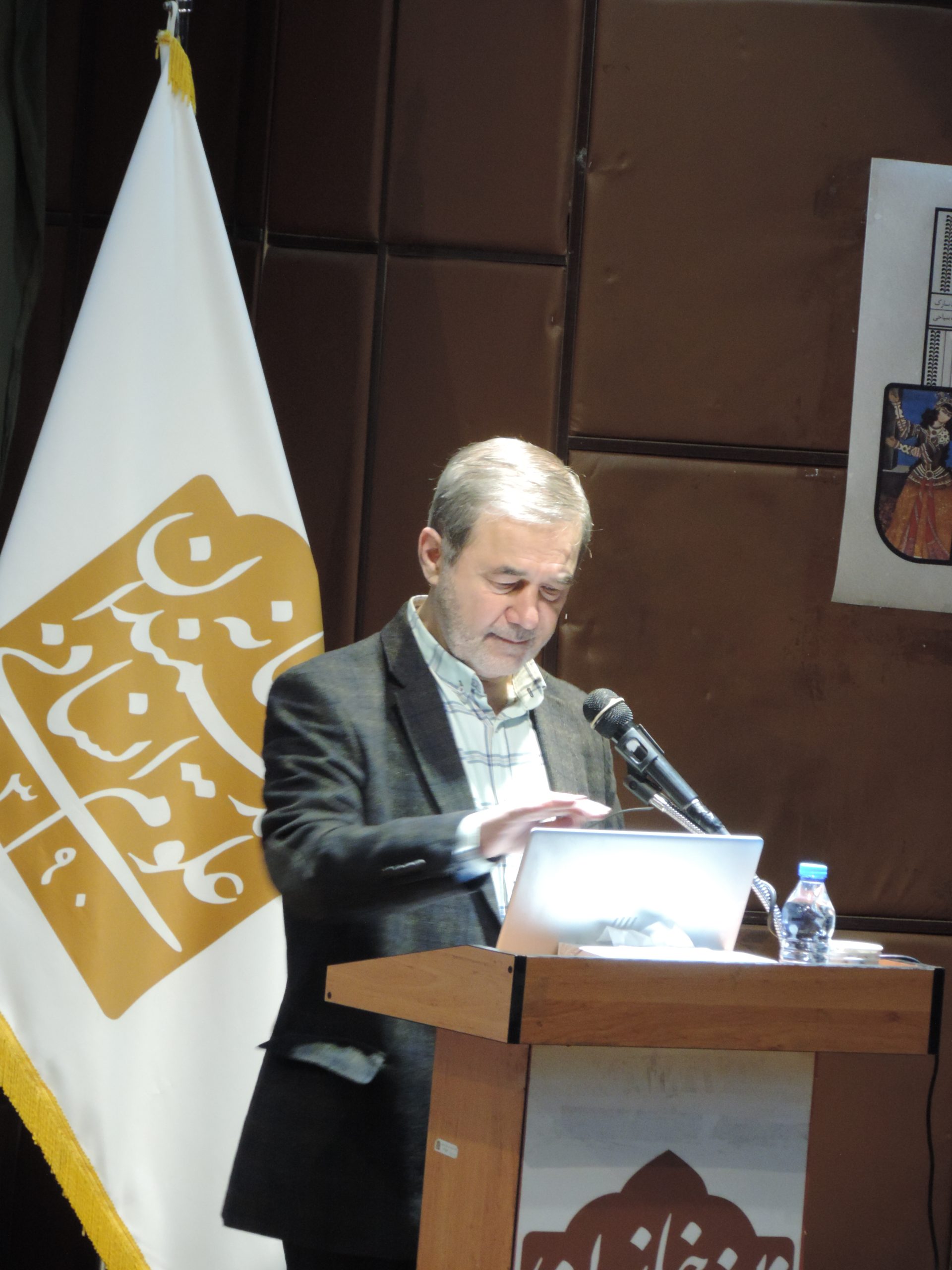

Namurtalaq also referred to Barthes for the mythological reading of fashion and said: “Fashion is a myth and the function of a myth is to create fashion.” As you know, Medusa was cursed by Athena in Greek mythology, and then she could turn anyone who looked into her eyes to stone. According to Barthes, fashion, through beauty, tries to play the role of fashion creation and nail people in order to deceive the audience. Deception from the point of view that the general audience cannot recognize the underlying layers of fashion and thinks that with fashion, it can become like the myths of beauty. In general, Barrett had a critical view of fashion.
In the end, Namurtalaq pointed out: “If we don’t have the ability to produce suitable products for the fashion field in the country, we will certainly become consumers of other societies. Therefore, these meetings are very important; Because they are trying to create and shape Iranian fashion.”
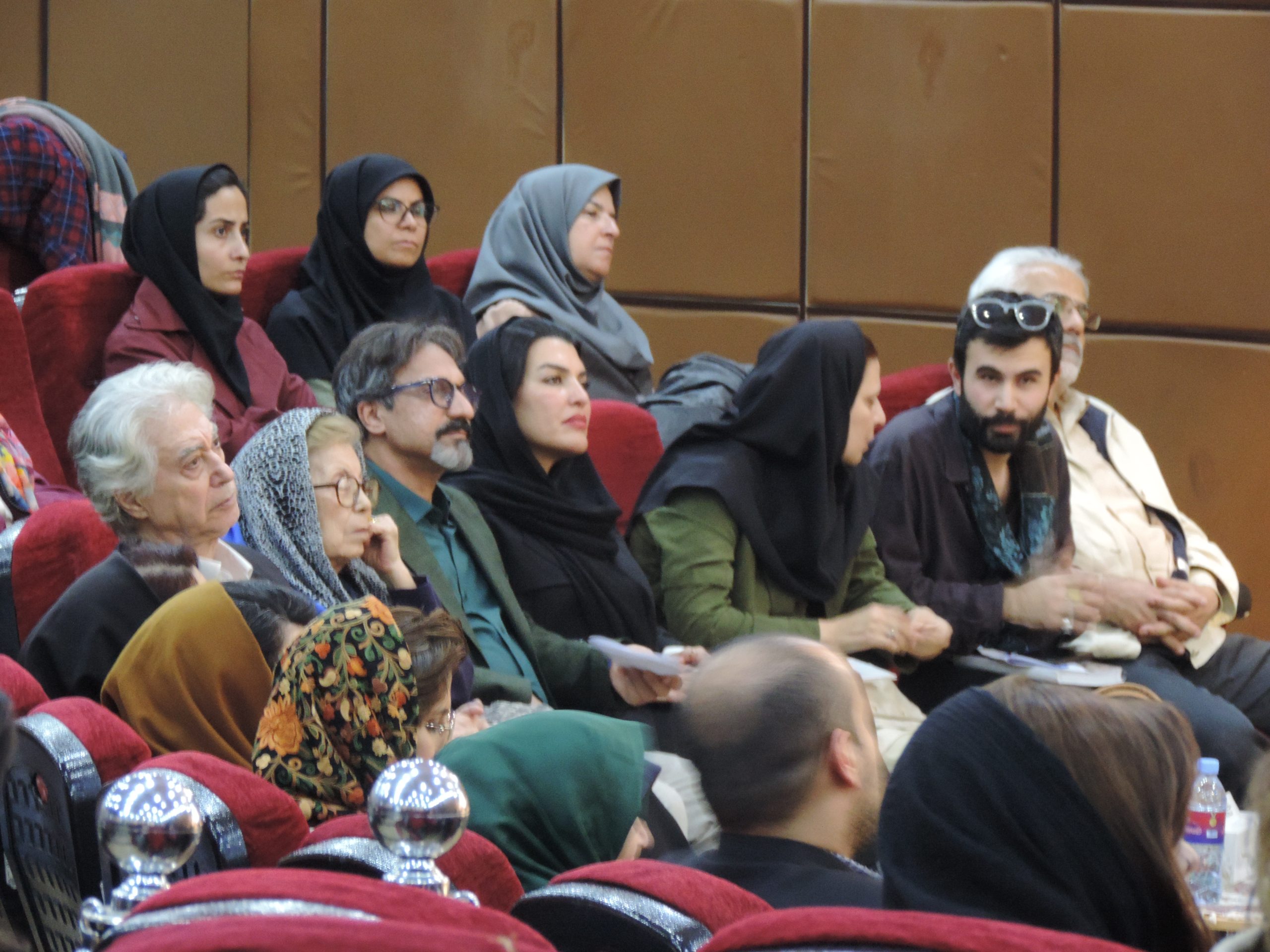

To what extent do we need creative clothing designers in Iran?
The next speech was given by Mr. Amirhossein Mehdizadeh, a clothing design lecturer, on the topic of the position of clothing designers in Iran’s clothing industry. At first, he expressed his satisfaction with the holding of the Modsaz event and said: “It is better to hold more of these events in the country so that we can become more aware of the fashion situation.” “Also, fashion is considered one of the most important and money-making events of any country, and it should be looked at more seriously.”


He pointed out the ratio of clothing design schools, university classes with work, design and production platforms in the country and acknowledged: “In proportion to the output of clothing designers from the educational platforms of the country, to what extent do we have creative clothing design studios in the country?” For example, in Paris, if a student is studying fashion design, there is a Dior brand in Paris to hire that student later. To what extent do we need clothing designers in Iran to create their own maison and have a website?! Working with hands is the most important work tool of a clothing designer. Learn to cut and sew and be creative. The greatest enemy of creativity is fear, and intelligence and IQ do not play a role in creativity. Creativity means playfulness. »
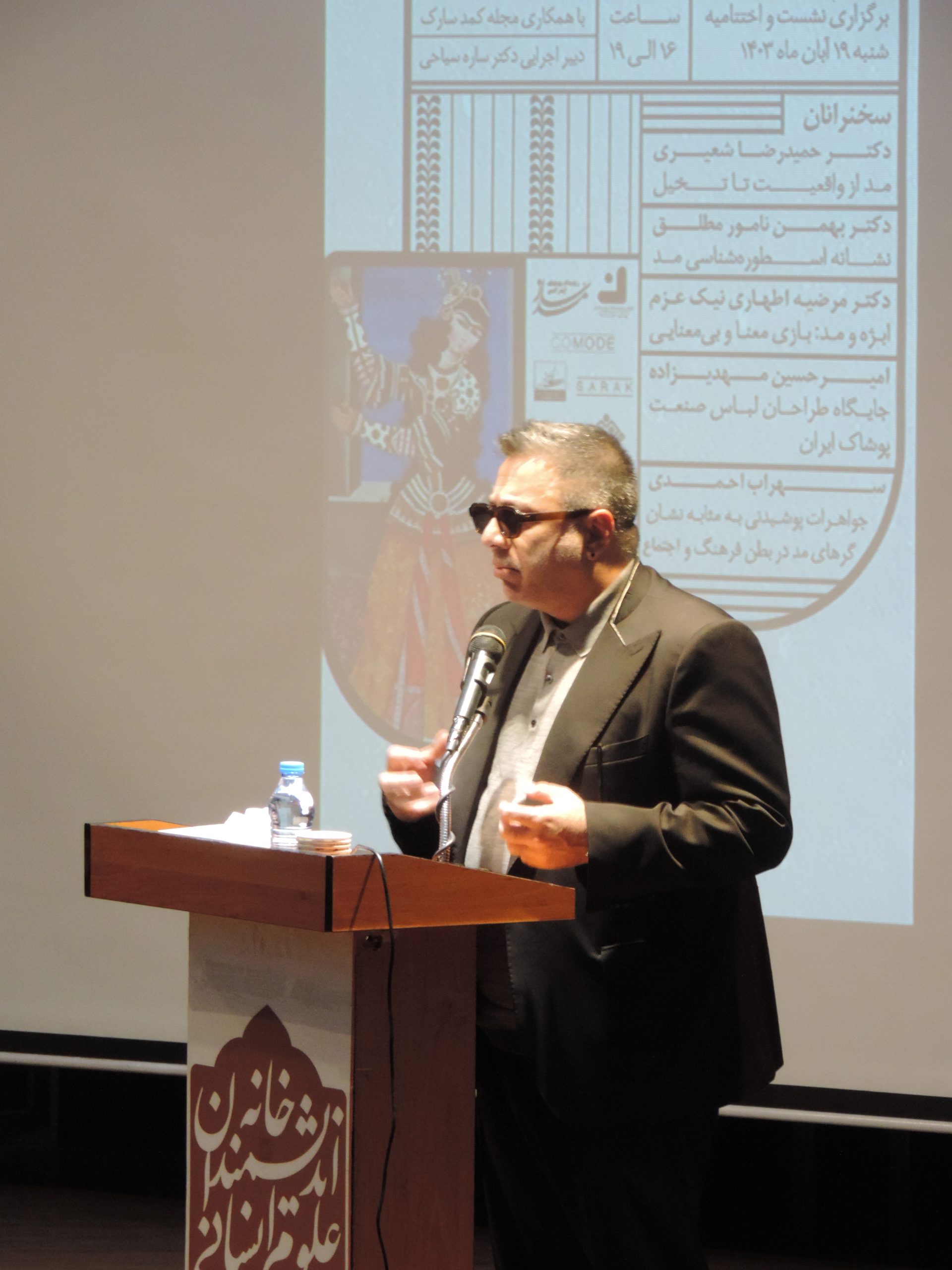

Structural fashion and idealistic fashion
Mr. Dr. Hamidreza Shoiri, full professor of the French language department of Tarbiat Modares University and head of the Iranian French Language and Literature Association, began his speech with a question from Roland Barthes: “Why didn’t men wear skirts like women, but women wore pants like men?” This question remains unanswered.”
He continued: “According to my definition, fashion is a continuation of our body! That is, our body reflects itself through clothing. I divide fashion into several different categories:
1- Fashion as a habit and structure that includes uniforms and its other name is positive fashion. 2- Fashion as beauty and order that has harmony and integrity. 3- Fashion as an event means departure from harmony and integration: creases, fractures and light shadow play; It includes the movement between being and not being or between the obvious and the hidden. 4- Fashion as an ideal and passion means transformation and metamorphosis that fashion becomes a metaphor and poetry. In this type of fashion, we see nesting, multiplicity, displacement, multiplication of layers, protrusions and depressions.
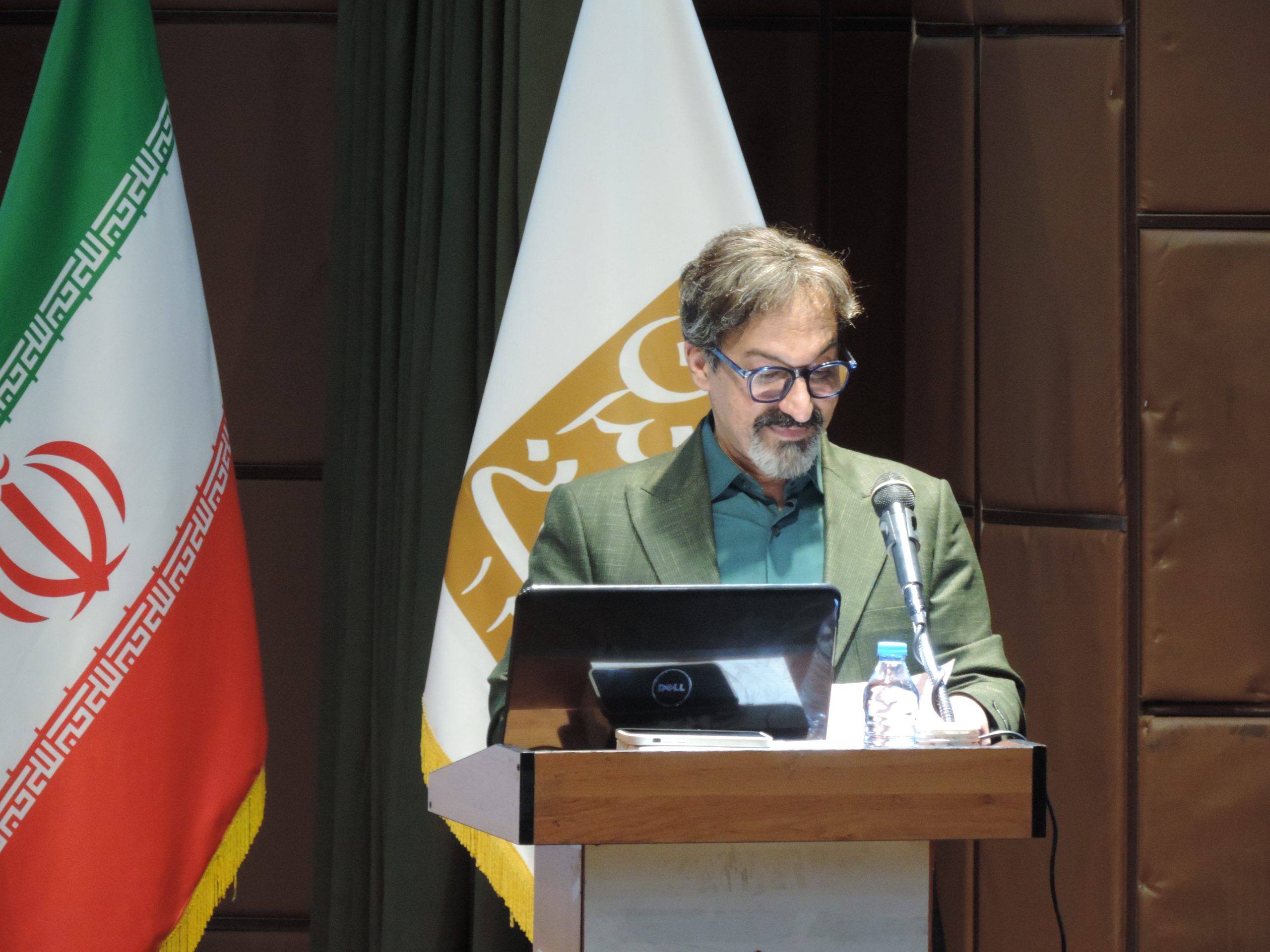

He defines the most general category of fashion including structural fashion and idealistic fashion. He explained an example of structuralism in fashion by referring to Branzino’s painting that depicted Eleanor. These types of paintings show us the clothing of the classical era, which has regular structures and clothing lines in the direction of creating strength, glory and strength.
Shayiri further admitted: “In the Baroque period, the look at fashion and clothing changes fundamentally, and clothing becomes layered, pleated, and puffy clothes. Therefore, the aspect of authority that we used to see in classic clothes is no longer present in these clothes. In Baroque, the order is disrupted to see movement in clothes instead of power, and all these changes make fashion become an imaginative flow.
Another thing that drastically changed the fashion trend was African masks, which had irregular geometric lines, numerous ridges and depressions, and made these masks seem mysterious to us. The reason why these masks influence us is the works of Picasso, who found expression in his works after his trip to Africa and based his style on the inspiration of African masks. This style directly influenced fashion designers and we use it a lot in fashion design today. We will meet.”
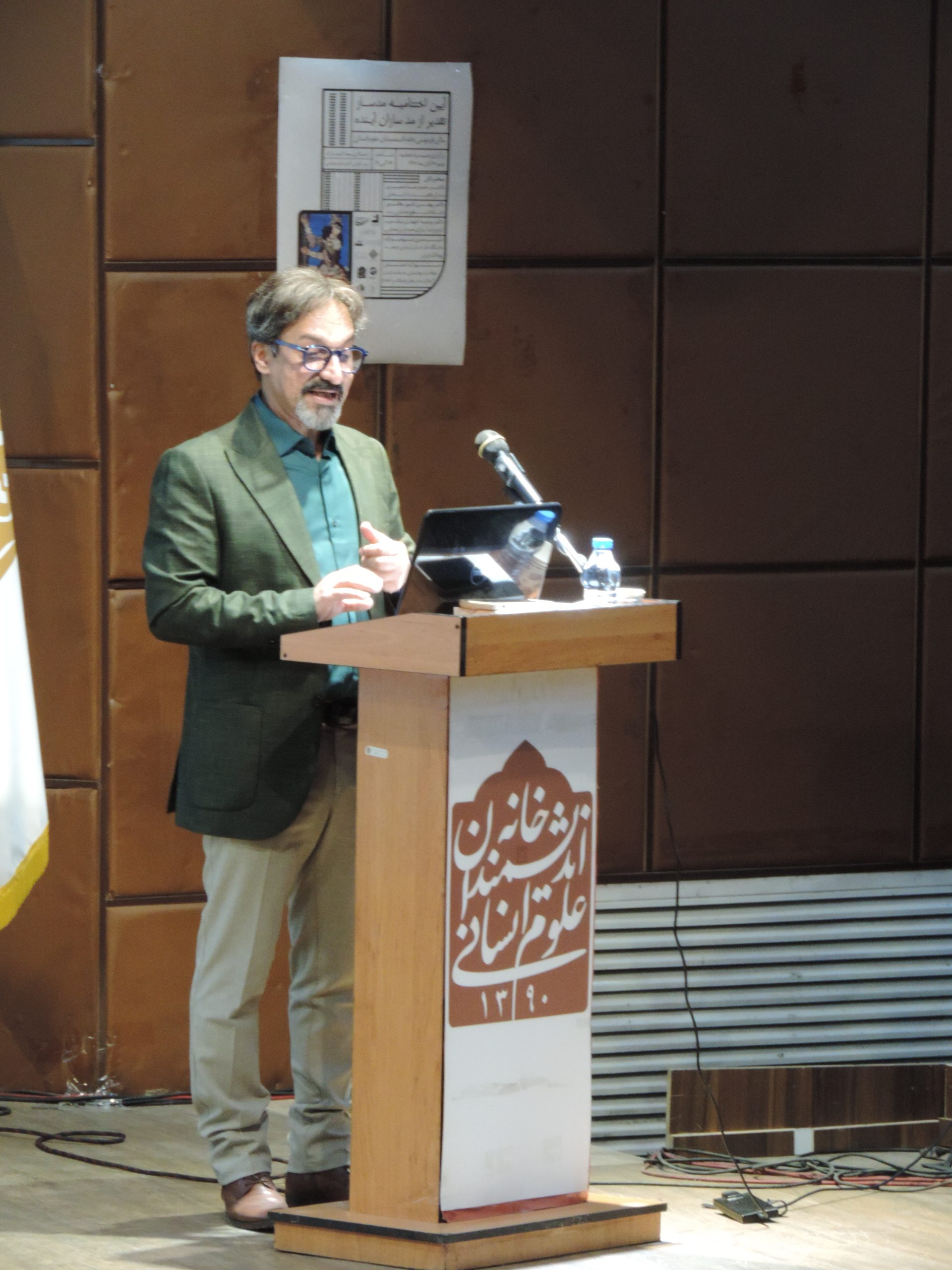

object and fashion; The game of meaning and meaninglessness
Mrs. Dr. Marzieh Athari Nik-Azam, associate professor of Shahid Beheshti University and semiotician in the field of objects and fashion; The game of meaning and meaninglessness gave a speech. He began his speech with this question: “How do we go from meaning to meaninglessness in fashion and vice versa?” Is fashion really a stream of meaning? They also mentioned that the object in the dictionary is something that is placed in front of us and gives us perception. This perception can be a mental image or an objective reality. As clothing is one of the objects and creates meaning for us.
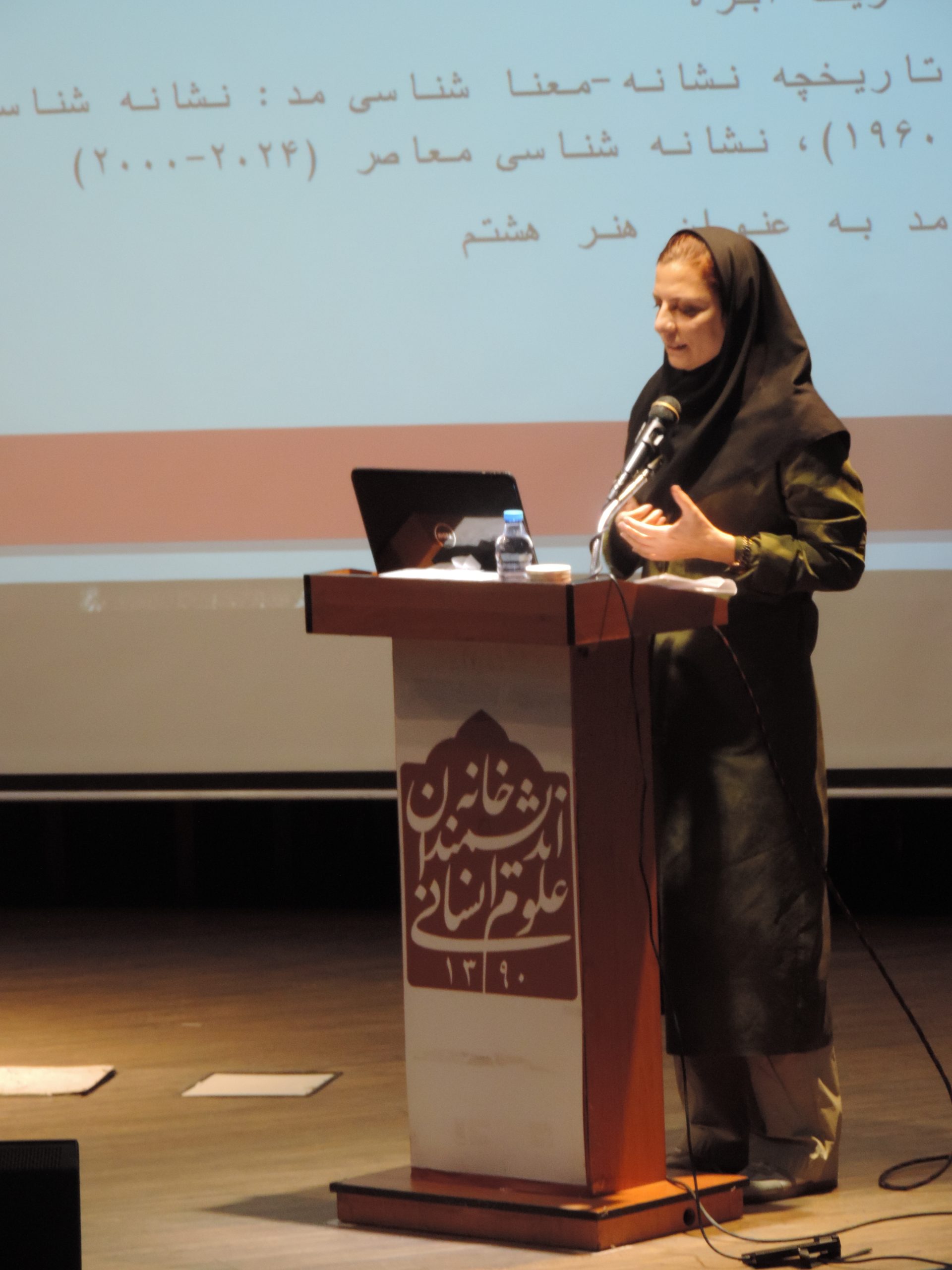

Athari, while making a brief reference to the doctoral thesis and the definition of fashion from the perspective of Algirdas Julien Grimas, continued his conversation with the ideas of Roland Barthes and said: “Barthes because The linguist was a structuralist and believed that everything that produces meaning is in the sign of verbal languages and non-verbal languages cannot speak, he concluded that fashion is also It is the construction of its own language. This idea later failed because Barthes eventually concluded that the meaning derived from fashion is ambiguous and cannot be given a specific meaning like verbal language. extracted and it is always paradoxical.
Athari admitted: “Since 2000, a new thing has happened, with the help of various disciplines, fashion is defined as a social discourse, and not just an object, but fashion is defined as an object in relation to a subject.”
They ended their talk with a word from Lucia Santaella: “Fashion has the ability to become the story of the contemporary world and redefine the identity of the new subject.”
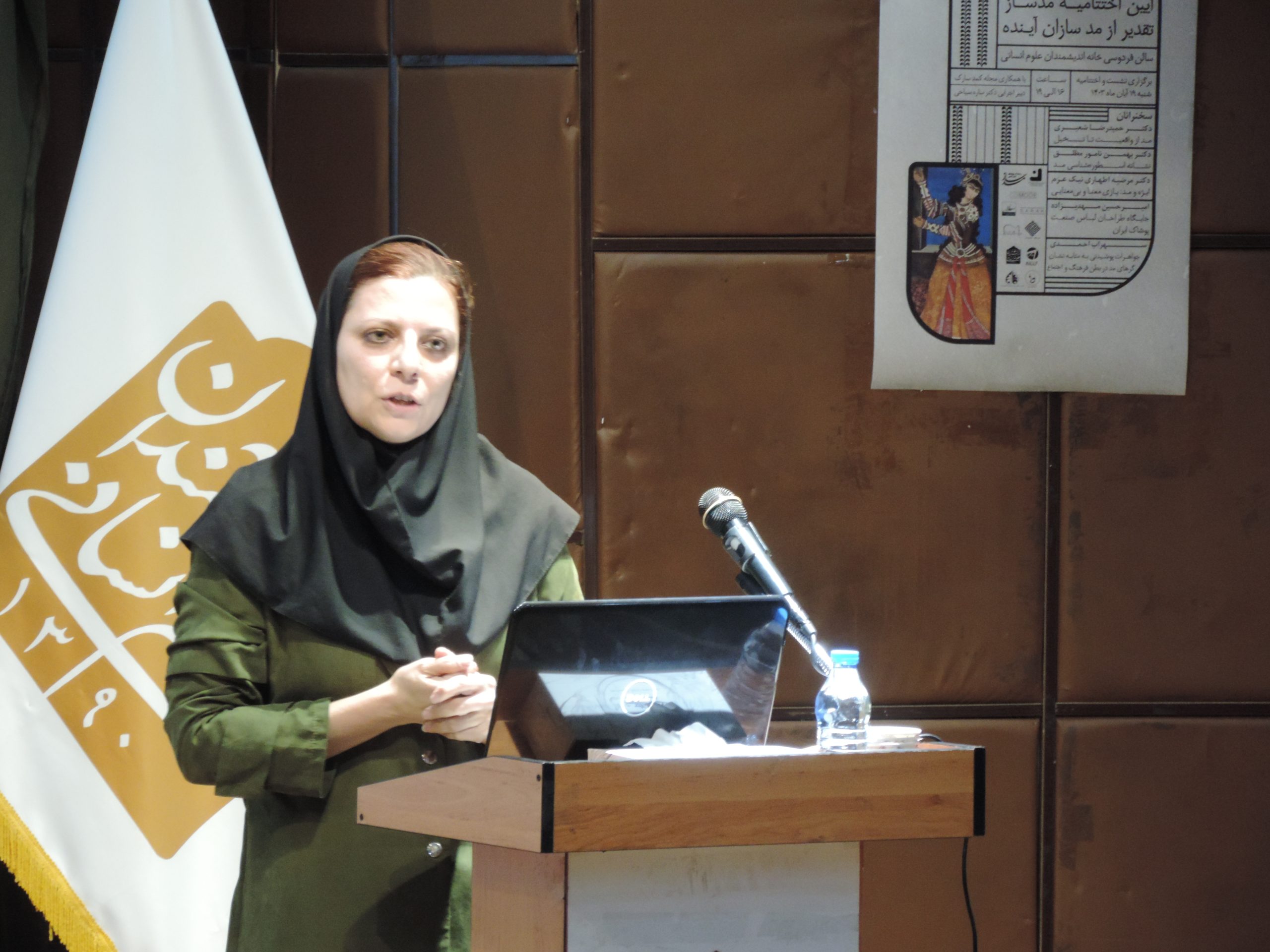

Wearable jewelry as fashion indicators in the heart of culture and society
Next, Mr. Sohrab Ahmadi, a linguist and art researcher, gave a speech about wearable jewelry as fashion indicators. In the definition of contemporary jewelry, he said: “Jewelry is a decorative object whose material and the work done on it are delicate, but today jewelry no longer has such a meaning and classic jewelry does not follow such a rule.” Then they showed some examples of contemporary jewelry made in Iran and other parts of the world, which consisted of plant leaves, nails, hair, and even metals such as iron, which are no longer valuable.
Next, they talked about wearable jewelry, the growth of which happened in the seventies and continues until now. To investigate this case, he pointed to Parviz Tanavoli’s jewelry and said: “Tanavoli’s main approach was to break the principles of the western concept and return to the tradition of making things in Iran, hence jewelry and And Tanavoli sculptures have deep roots in Iranian culture before and after Islam. “Sometimes an art object becomes a game of value and competition to obtain that work, and in this heavy competition, a fashion is formed and a contract is established.”


Later, Mr. Mohammadreza Azizi, the executive secretary of the second national conference of interdisciplinary studies of literature and applied arts and a music teacher, played an improvised harp in Dashti.
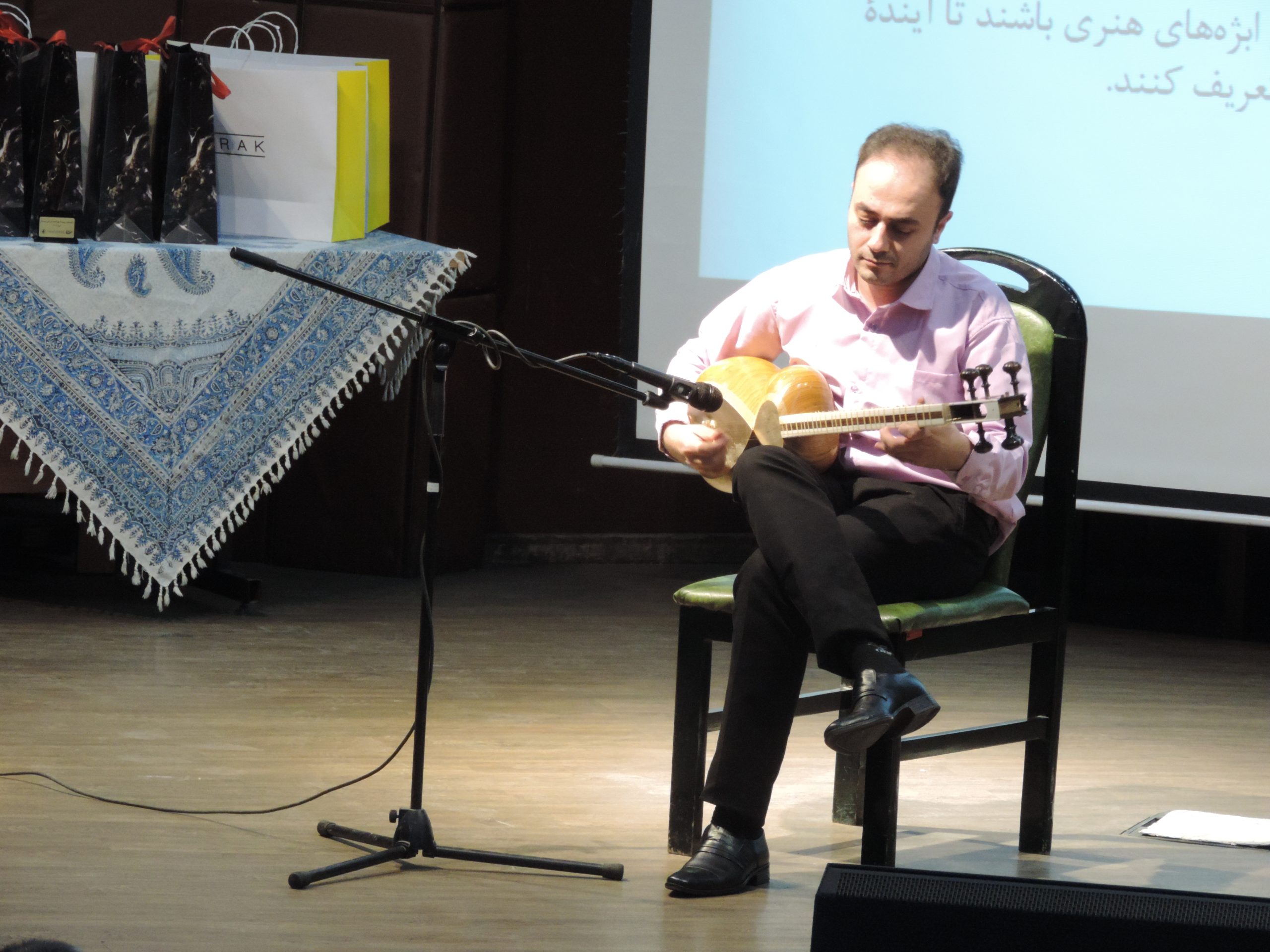

Sarak closet magazine’s collaboration with Modsaz event
At the end of the speeches, Mrs. Presto Nabati, the editor of the Sark closet magazine, talked about the closet magazine and how the Sark brand joined the fashion event. He said: “In 2017, the Sark brand decided to have a blog to introduce its products, but since we did not have a specialized magazine in the field of fashion in Iran due to many restrictions, the approach of this blog changed, and thus the Sark Closet Magazine was launched.” . We now examine the fashion industry from different angles of history, art, culture and politics.”


Prasto Nebati admitted about the Modsaz event: “International fashion magazines organize various competitions, we also had the opportunity to cooperate with the Modsaz event and we were looking for talents. The submitted designs were far from what the judges expected. We are looking for leading designers who, in addition to being progressive, are influenced by Iranian culture, have the courage to remove the design from the clothes and seek to create a new silhouette and form. There were examples of this kind in the submitted works, but we hope that in the coming years, the fashion event will be a platform for presenting more creative and bold designs.
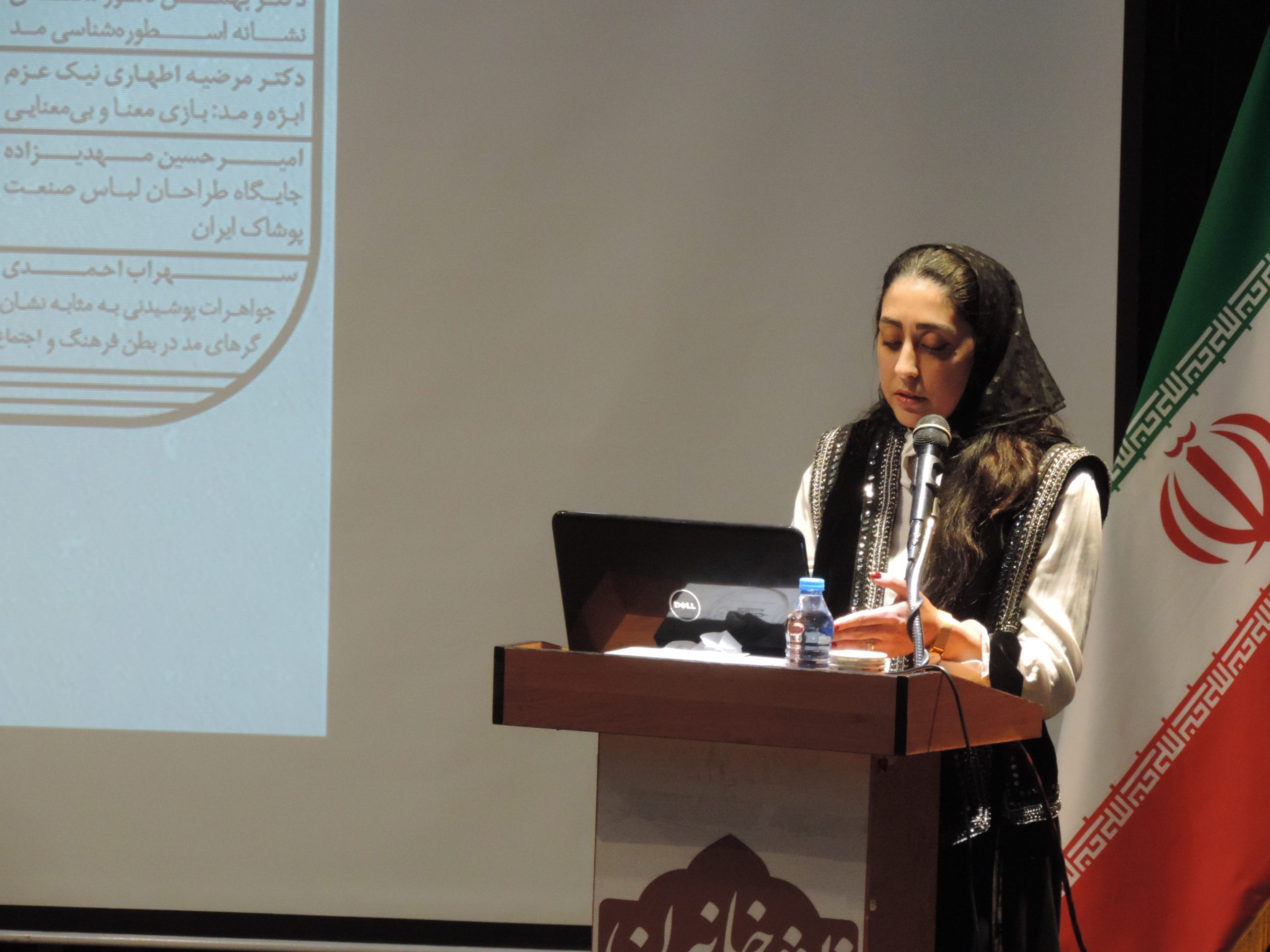

Fashionable event selectors
At the end of the program, the speakers, the judges of the Modsaz event and the chosen ones were appreciated and thanked.
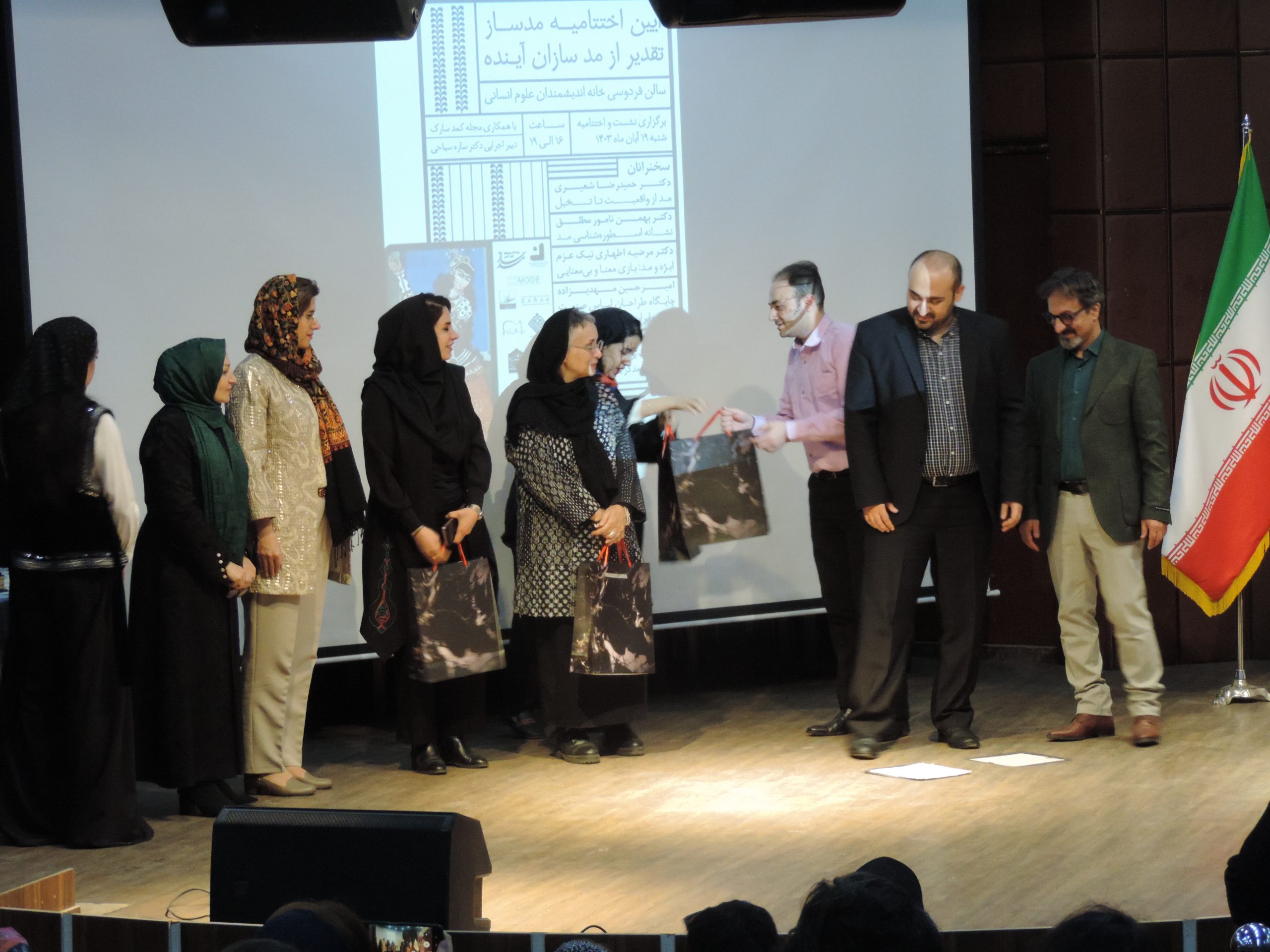

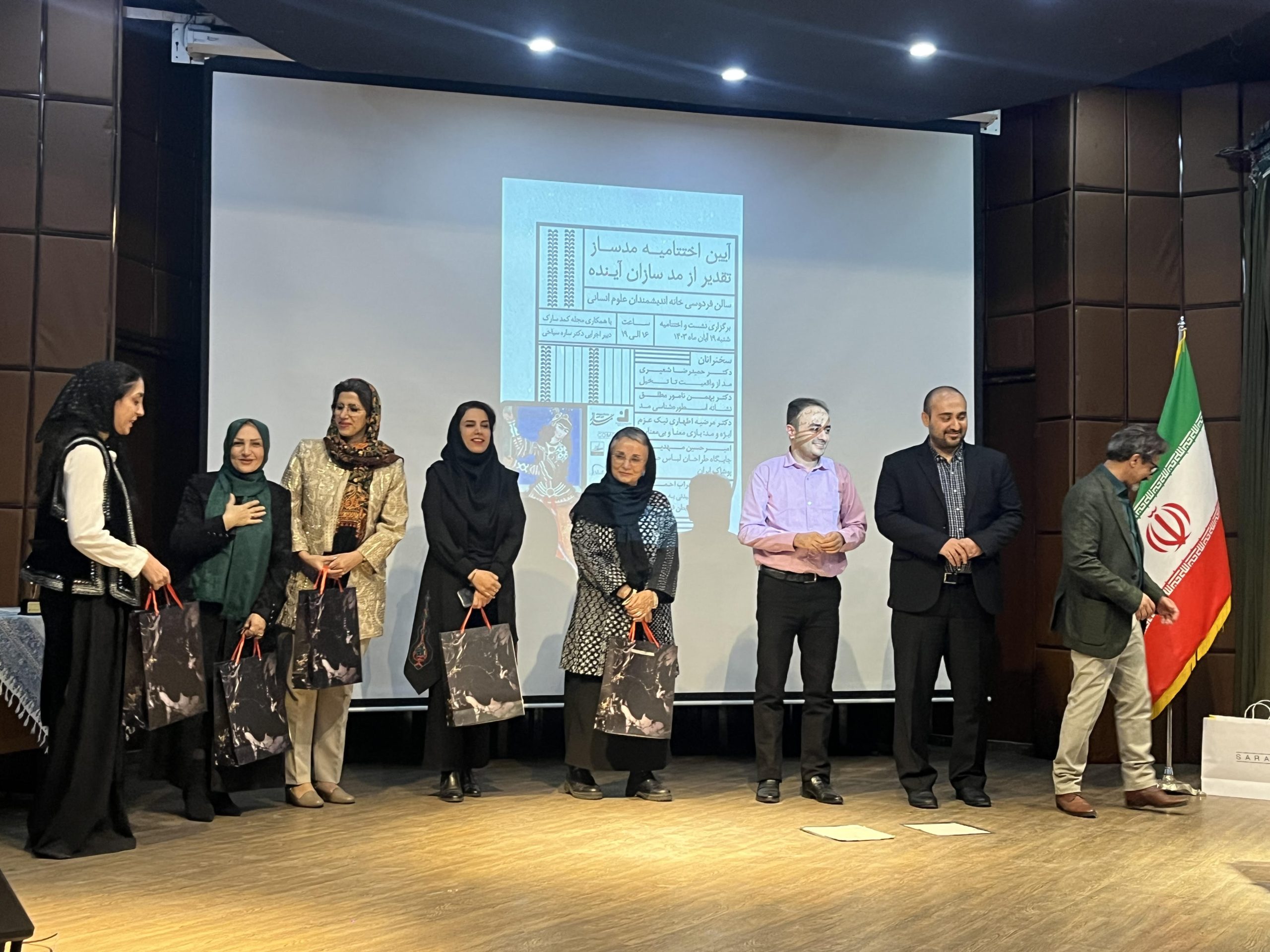

Selected design and illustration department
Second place – Ketayon Eidizadeh
Third place – Negin Safari and Mobina Fallahi
Worthy of appreciation – Fatima Mowahed
Worthy of appreciation – Maryam Siah Mansouri
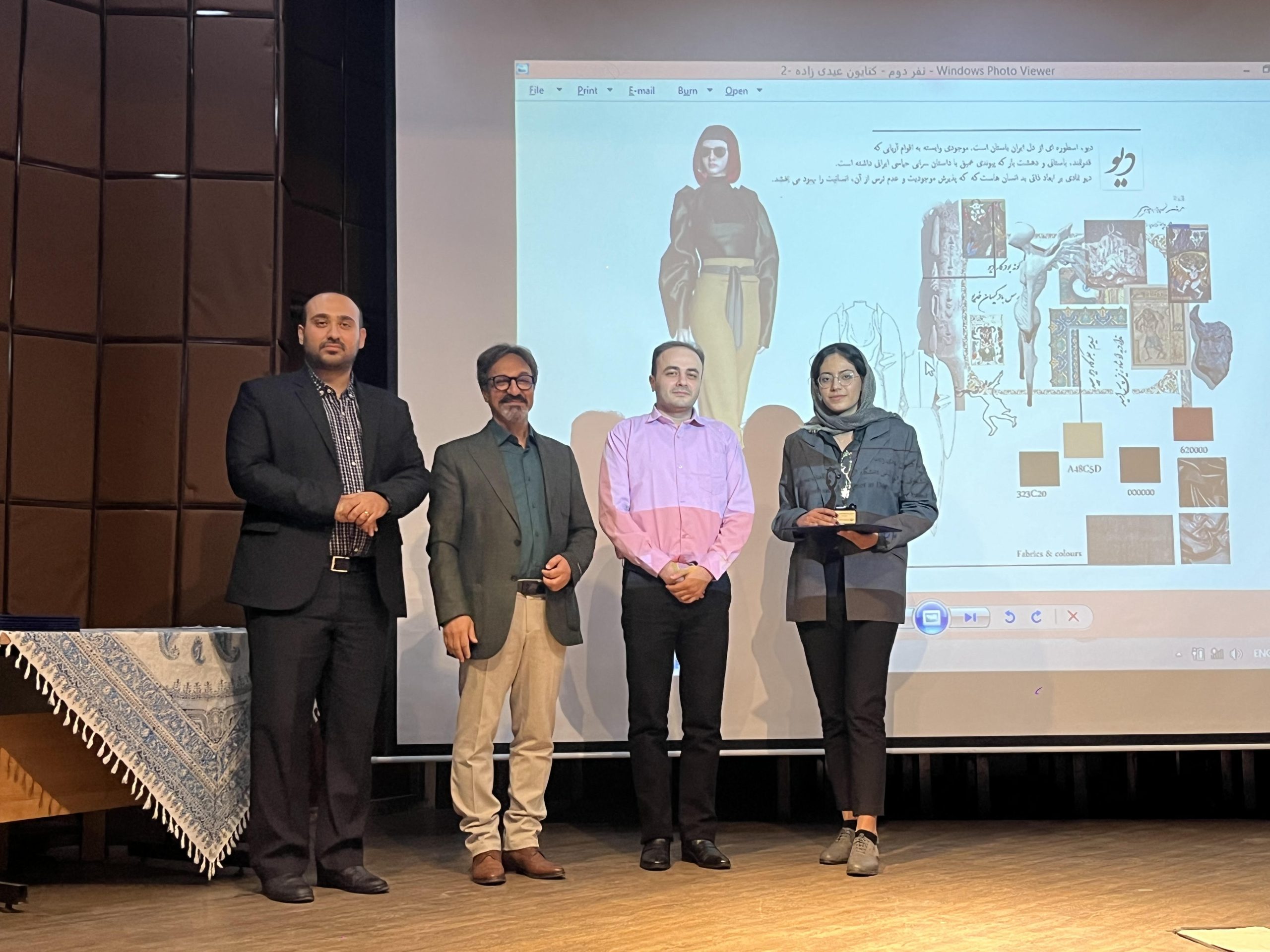

Selectees of the conceptual clothing section
3rd person – Nyusha Amrahi
Worthy of appreciation – Ezzat Najd Nouri
Worthy of appreciation – Saba Khajoond
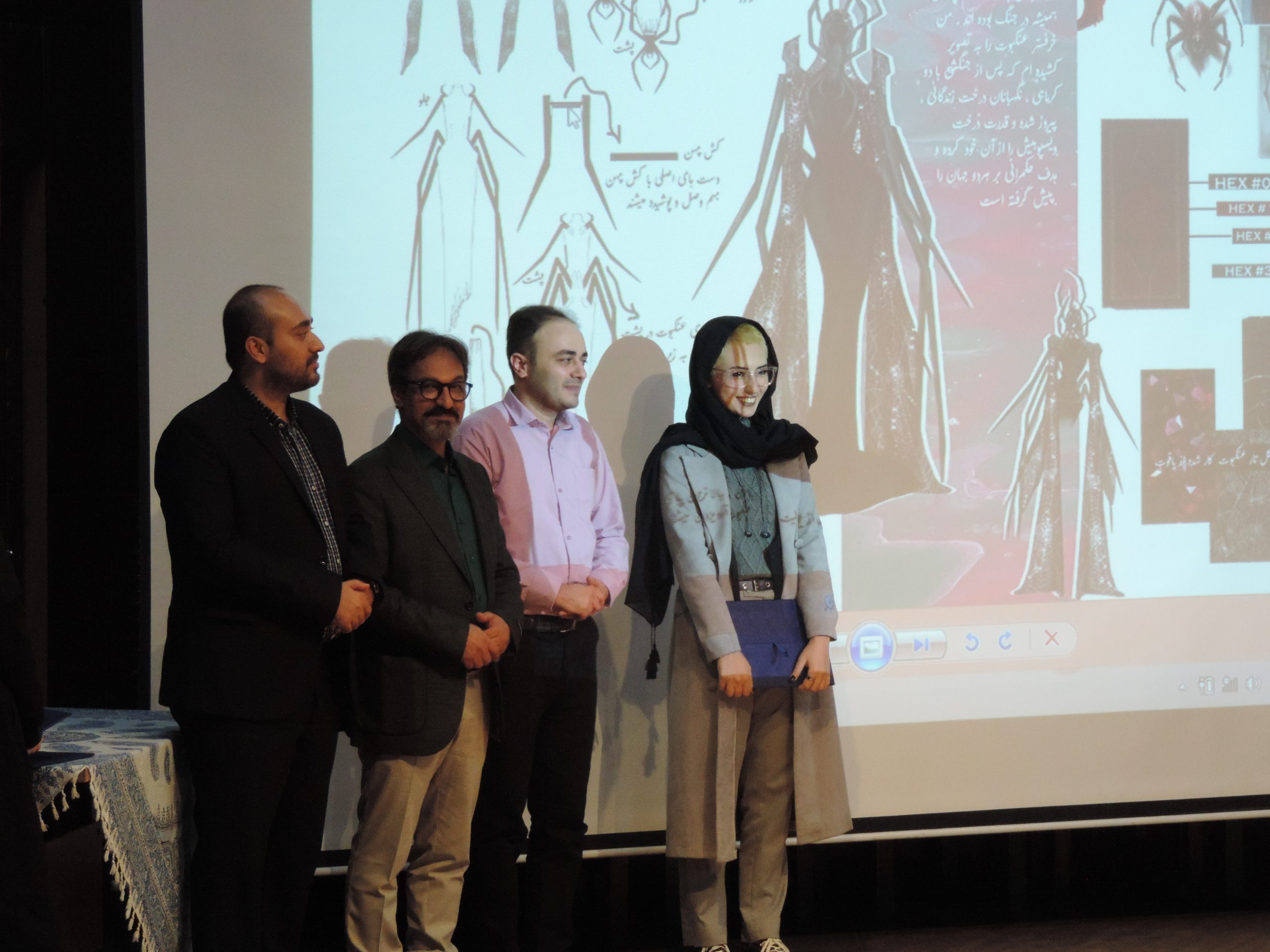



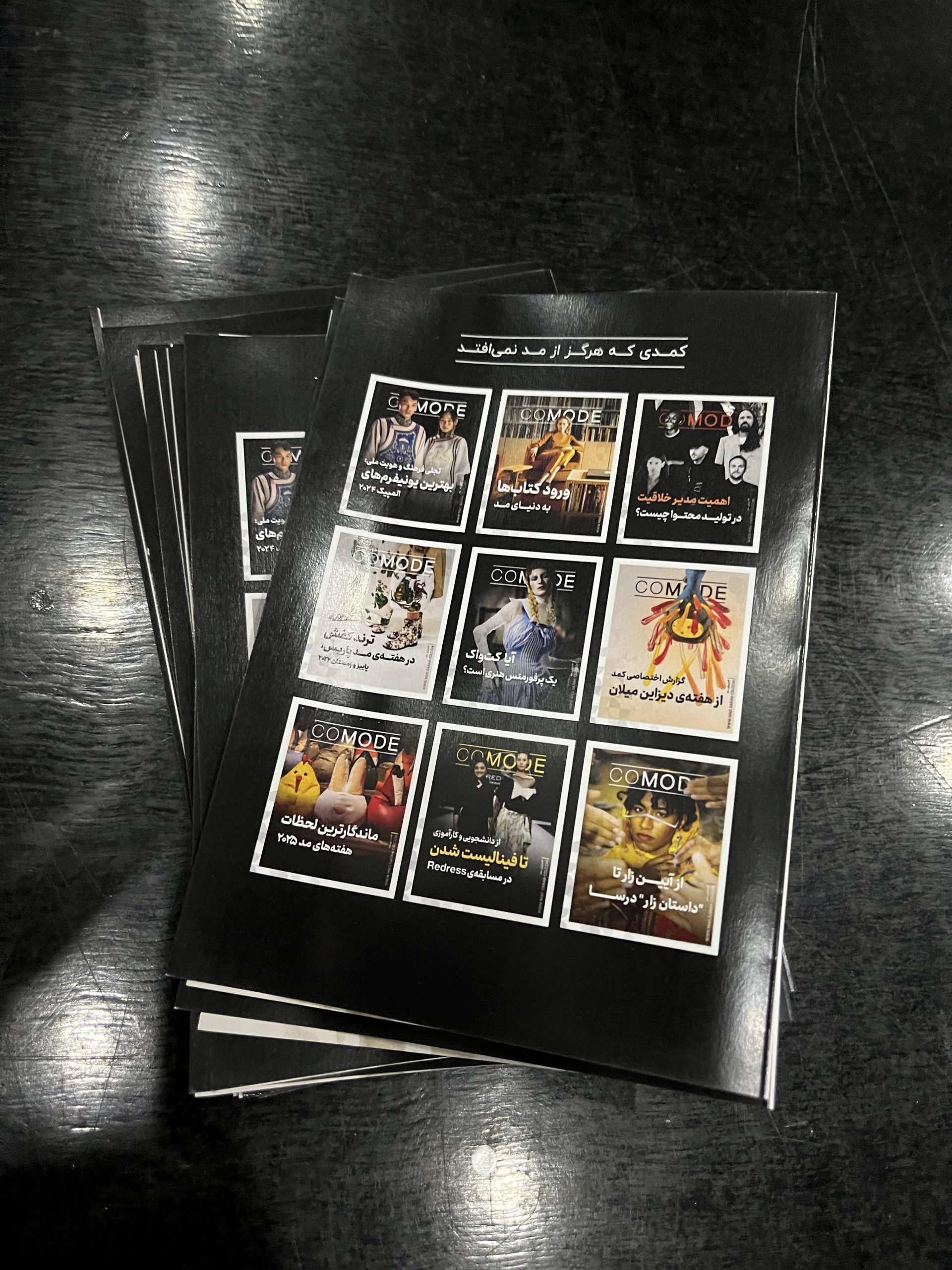

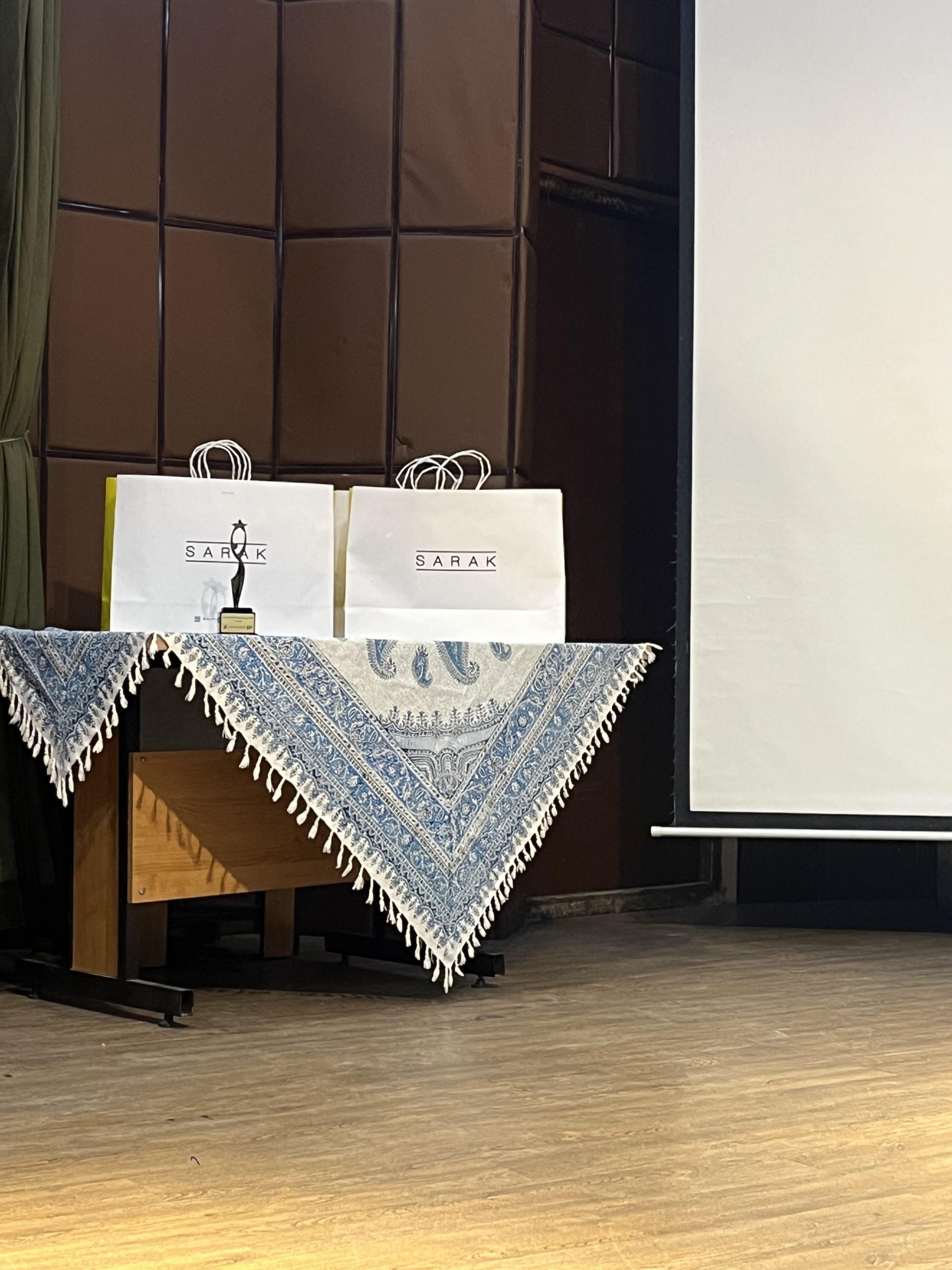

RCO NEWS















